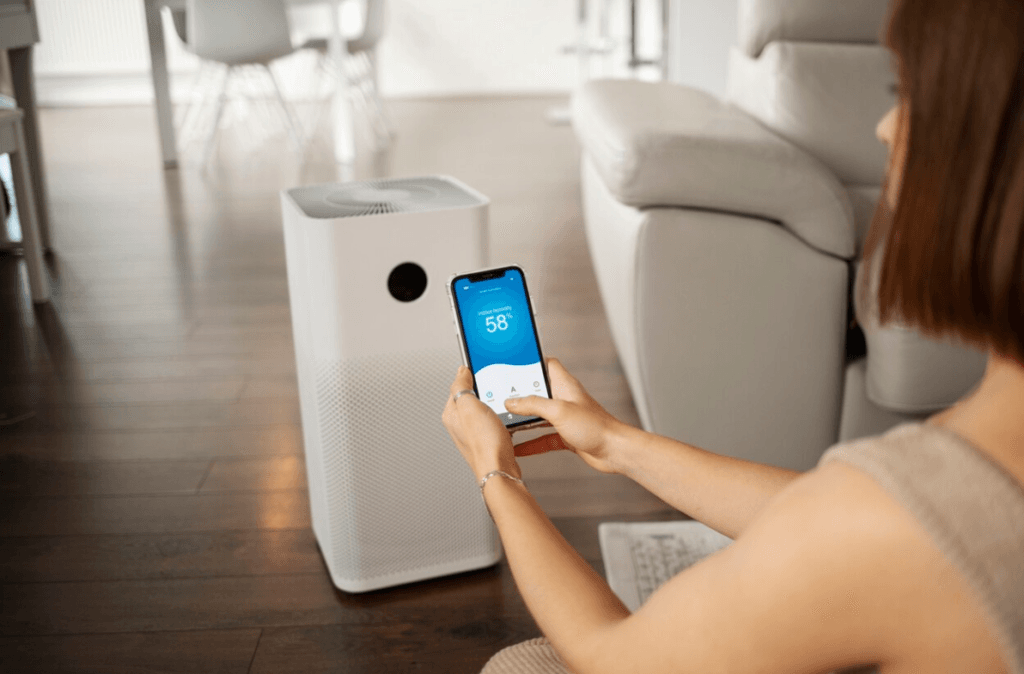Ensuring optimal indoor air quality (IAQ) is essential for health and well-being, as we spend a significant portion of our time indoors. The integration of Internet of Things (IoT) solutions has revolutionized the monitoring and management of IAQ, providing real-time data and automated responses to maintain healthy environments.
IoT-Driven Air Quality Monitoring
IoT-enabled devices continuously track various air quality parameters, including temperature, humidity, carbon dioxide (CO₂), volatile organic compounds (VOCs), and particulate matter. These sensors transmit data in real-time, allowing for immediate analysis and action. For instance, Spacewell’s IoT monitors measure these variables and visualize thermal comfort data on floor plans, aiding building managers in identifying areas with poor air quality and adjusting ventilation accordingly.
Enhancing Health and Productivity
Poor IAQ can lead to health issues such as respiratory problems and decreased cognitive function. IoT solutions help mitigate these risks by providing actionable insights. Attune’s air quality monitoring systems, for example, detect common indoor pollutants like CO₂ and fine airborne particles, enabling timely interventions to maintain air quality within optimal levels.
Integration with Building Management Systems
IoT air quality monitors can seamlessly integrate with existing Building Management Systems (BMS), facilitating automated adjustments to HVAC operations based on real-time data. This integration ensures a balanced approach to air quality and energy efficiency. Disrupt-X offers solutions that monitor indoor environments and provide real-time tracking, ensuring spaces remain healthy and comfortable.
Promoting Behavioral Change through Data Visualization
Access to real-time air quality data empowers occupants to make informed decisions about their environment. IoT platforms that display air quality metrics can encourage behaviors that improve IAQ, such as adjusting ventilation or reducing activities that generate pollutants. A study highlighted the effectiveness of human-centered visualization platforms in promoting behavioral changes and improving IAQ.
The adoption of IoT solutions in monitoring and managing indoor air quality offers a proactive approach to creating healthier indoor environments. By leveraging real-time data and automation, these technologies not only enhance occupant health and comfort but also contribute to energy-efficient building operations.




